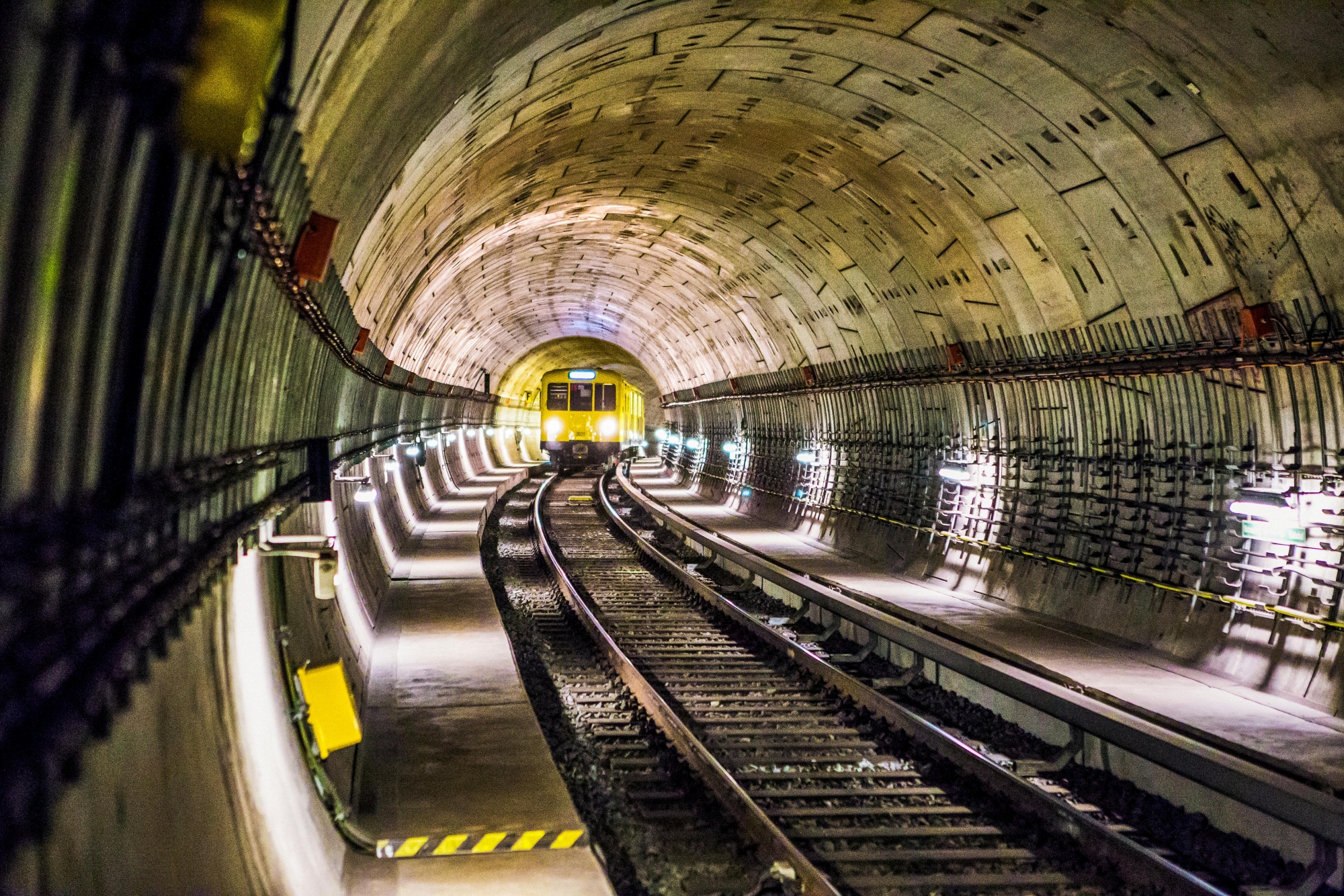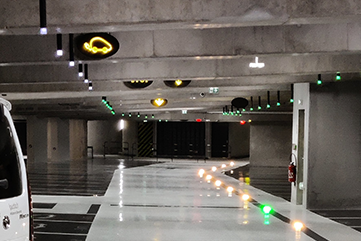
#SmartCity
17 January 2025
Interoperability : the invisible challenge of smart city infrastructures
Smart cities rely on a vast network of connected infrastructure to optimize resource management, improve citizens’ quality of life, and enhance urban sustainability. However, an often-underestimated challenge threatens the success of these projects: system interoperability.
Without seamless communication between the various technologies in place, a smart city risks becoming a patchwork of isolated, inefficient, and hard-to-maintain solutions. Here’s a breakdown of this critical challenge and the solutions to ensure true integration of urban infrastructure.
Les risques majeurs pour la cybersécurité des smart cities
Why interoperability is essential for Smart Cities
Growing technological diversity
Smart city systems incorporate a multitude of heterogeneous technologies:
- Smart transportation (traffic sensors, connected traffic lights, smart parking)
- Energy management (smart grids, adaptive public lighting)
- Surveillance and security (video monitoring, incident detection)
- Environment and waste management (pollution sensors, optimized waste systems)
- Citizen services (mobile apps, interactive kiosks, open data)
Each domain relies on specific devices and protocols, often developed by different vendors, making integration complex.
Avoiding data fragmentation
Lack of interoperability creates data silos, where services operate independently. This prevents a holistic view and limits cities’ ability to make optimized, real-time decisions.
Example : If pollution sensors cannot communicate with traffic systems, adjusting vehicle flows based on air quality becomes impossible.
Cost and maintenance optimization
Cities invest heavily in digitizing infrastructure. Without standardization and interoperability, these investments risk inefficiency due to high maintenance costs, fragmented platforms, and overreliance on specific vendors.

Key interoperability challenges in Smart Cities
Heterogeneous communication protocols
Smart city technologies use varied protocols:
- Low-power sensors: LoRaWAN, NB-IoT
- High-bandwidth services: 5G, Wi-Fi
- Industrial data exchange: OPC-UA, MQTT
Proprietary protocols from vendors, complicating integration
Security and access Management
Interconnected systems increase cyverattack risks. Rigorous access controls, data encryption, and device authentication are critical to prevent breaches.
Lack of universal standards
Existing standards (e.g., FIWARE, OneM2M, Open APIs) face uneven adoption. Without standardized approaches, seamless interoperability between stakeholders remains elusive.
Solutions for effective interoperability
Centralized management platforms
Cities can deploy unified platforms to aggregate and analyze data from diverse systems. These platforms:
- Standardize data flows for compatibility
- Simplify integration of new technologies
- Provide a single interface for infrastructure management
Examples : FIWARE, Microsoft Azure Digital Twins, Bosch IoT Suite.
Open standards and interoperable APIs
Adopting open protocols and standardized APIs streamlines device and application integration. Key standards include:
- MQTT and OPC-UA for secure machine-to-machine data exchange
- NGSI-LD (FIWARE) for structuring urban data
- Open311 for public service interactions
AI and edge computing integration
Edge computing processes data locally, reducing network strain and improving response times. AI connects data from multiple sources to optimize real-time decisions.
Example: Smart streetlights adjusting brightness based on traffic and weather data
Securing the urban IoT Ecosystem
Mitigate risks with:
- End-to-end data encryption
- Network segmentation to contain attacks
- Strict access controls and security updates
Conclusion : Mastering interoperability for effective Smart Cities
Interoperability is the cornerstone of a high-performing, scalable, and secure smart city. Without it, digital infrastructure remains fragmented, limiting efficiency and real-time responsiveness to citizens’ needs.
To address this challenge, municipalities must adopt proactive strategies combining open standards, unified platforms, edge computing, and robust cybersecurity. Only then can they build sustainable, scalable digital ecosystems that enable truly intelligent urban management.









